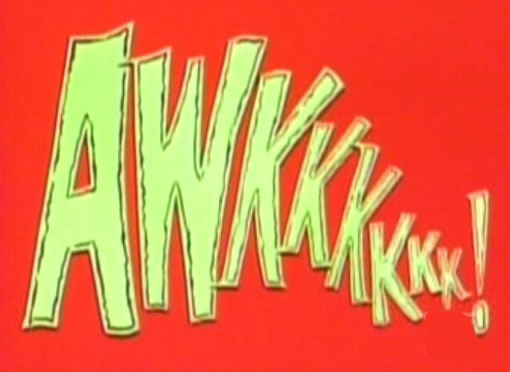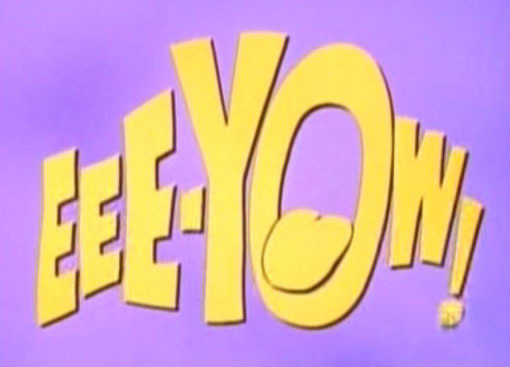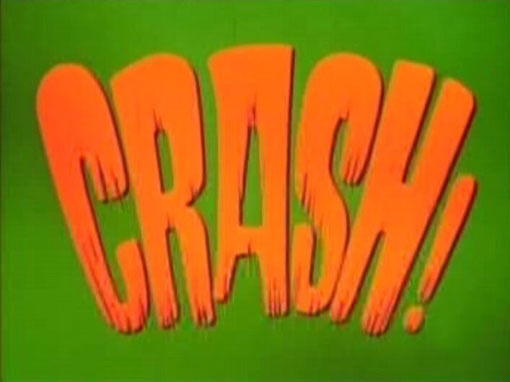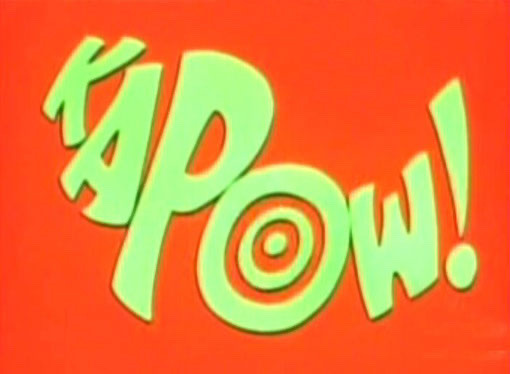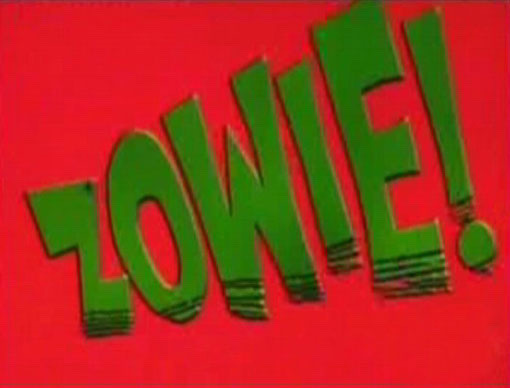Text
The equilibrium of this system is investigated assuming both the surface tension force and the tension caused by the electric field within the dielectric material.
Visit @scienceisdope for more science.
3K notes
·
View notes
Text

Schrödinger's cat in a Klein bottle - Entangled in non-linear causal networks
(part of my art series "The emergence of reality and the hidden order of chaos")
Schrödinger's cat in a klein bottle - What does that even mean? This thought experiment consists of two parts: First; Schrödinger's cat as metaphor for the state of isolated elementary particles, a state of intact wave function and the resulting quantum paradox of simultaneity: an elementary particle is everywhere at once. But how could this aspect fit to our klein bottle concept? A klein bottle is a non-orientable surface, which means the inside is the same as the outside. Considering Schrödinger's cat, the cat is only death and alive is it is IN a CLOSED box - since the klein bottle is not really closed, the cat is both dead as well as alive, because it is both outside the klein bottle as well as outside of it. This is literally the state of quantum conformity: Isolated systems are anomalies in regards of thermodynamics as they are "closed loops" - closed causalities, in a sense. What happens if an elementary particles is isolated? This utter separation leads to a form of disintegration into the medium the particle is embedded in. When it 'evokes', wakes up from its isolation, this is the literal definition of the "wave-function collapse"; An interaction, or in my conception of information weaving: An information transform, a kind of "weaving pattern". Furthermore isolated systems ARE kinds of a singularity. A fully closed loop disintegrates, dissolves, fuses with its medium. It becomes indistinguishable whether it has a 100% density or a 0% one. It is the threshold of invertium. Singularities are "reset buttons" of quantum foam.
As for my new art series: In this series I will depict the concept of "butterfly progression" - a (self-) interference pattern of possible antithetic states, so-called "mirror clones" with pseudo-time shifts resulting in the emergence of physical reality by interweaving information, using certain "information weaving patterns", consisting of self-replication, a translation transform in information progression, and self-interference, a rotation transform.
It will make sense of momentum and position and interweave it with relativity - both special as well as general theory- and gravity, you might ask: Gravity is nothing more than an emergent function in dynamical information geometry: Information clustering, primary aspects will include statistical mechanics and thermodynamics, accompanied by some further detours into many obscure subfields of mathematics! (Having fun with mixing uncountable concepts was never more thrilling!)
227 notes
·
View notes
Text
“Dostoevsky’s novel The Brothers Karamazov. I looked on the shelves over there and couldn’t find it – is it perhaps in another section? Russian Literature or something?
The librarian consulted a computer. We both waited. The wait was friendly, full of the special time that wanders in municipal libraries, like a solitary walker between trees in a wood.
She lifts her head and says: We have two copies and I’m afraid they’re both out. You want to reserve one?
I’ll come back another day.
She nods and turns to attend to an elderly woman – younger than me – who is holding three books in one hand. People hold books in a special way – like they hold nothing else. They hold them not like inanimate things but like ones that have gone to sleep. Children often carry toys in the same manner.
The public library is in a Paris suburb which has a population of around 60,000. About 4,000 people are members of the library and have tickets for borrowing books (four at a time). Others come to read the papers and journals or consult the reference shelves. If one takes into account the number of babies and young kids in the suburb, this means that about one person in ten has a ticket and sometimes takes home books to read.
I wonder who’s reading The Brothers Karamazov here today. Do the two of them know each other? Unlikely. Are they both reading the book for the first time? Or has one of them read it and, like myself, wants to reread it?
Then I find myself asking an odd question: if either of those readers and myself passed one another – in the suburban market on Sunday, coming out of the metro, on a pedestrian crossing, buying bread – might we perhaps exchange glances that we’d both find slightly puzzling? Might we, without recognising it, recognise one another?
When we are impressed and moved by a story, it engenders something that becomes, or may become, an essential part of us, and this part, whether it be small or extensive, is, as it were, the story’s descendant or offspring.
What I’m trying to define is more idiosyncratic and personal than a mere cultural inheritance; it is as if the bloodstream of the read story joins the bloodstream of one’s life story. It contributes to our becoming what we become and will continue to become.
Without any of the complications and conflicts of family ties, these stories that shape us are our coincidental, as distinct from biological, ancestors.
Somebody in this Paris suburb, perhaps sitting tonight in a chair and reading The Brothers Karamazov, may already, in this sense, be a distant, distant cousin.”
— John Berger, Bento’s Sketchbook
3K notes
·
View notes


